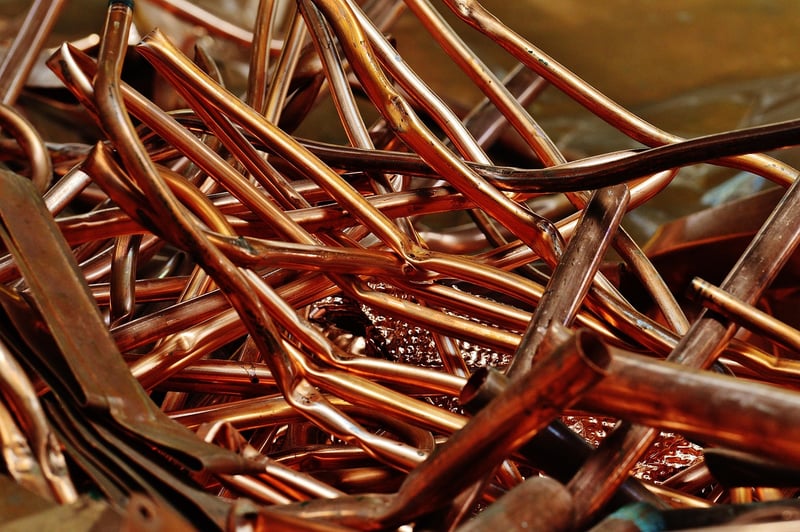Reuse Strategies

Guidance and Advice for Upcycling Enthusiasts
Introduction to Upcycling
Upcycling is the process of transforming old or unwanted materials into new products of higher quality and environmental value. It's a creative way to reduce waste and give a new life to items that would otherwise end up in landfills.
Benefits of Upcycling
- Reduces waste and environmental impact
- Promotes creativity and innovation
- Saves money by repurposing existing items
- Creates unique and personalized pieces
Guidance for Upcycling Enthusiasts
If you're new to upcycling or looking to improve your skills, here are some tips to help you get started:
1. Start Small
Begin with simple projects like repurposing glass jars into storage containers or transforming old t-shirts into reusable shopping bags. Starting small will help you gain confidence and build your upcycling skills.
2. Get Creative
Think outside the box and experiment with different materials and techniques. Combine items in unexpected ways to create unique upcycled pieces that reflect your personal style.
3. Learn New Skills
Take upcycling workshops or online courses to learn new techniques such as painting, sewing, or woodworking. Acquiring new skills will expand your upcycling capabilities and inspire you to tackle more challenging projects.
4. Share Your Creations
Share your upcycled creations on social media platforms or join upcycling communities to connect with like-minded enthusiasts. Sharing your work can inspire others and provide you with valuable feedback and support.
Reuse Strategies
Aside from upcycling, there are other strategies you can incorporate into your lifestyle to promote reuse and reduce waste:
1. Repair and Maintain
Instead of throwing away broken items, consider repairing them or getting them fixed by professionals. Regular maintenance can prolong the lifespan of your belongings and reduce the need for replacements.
2. Donate or Swap
Donate gently used items to charity organizations or participate in swap events to give your unwanted possessions a new home. By sharing with others, you extend the life cycle of products and reduce unnecessary consumption.
3. Buy Secondhand
Opt for secondhand or vintage items when shopping for clothes, furniture, or household goods. Buying used items not only saves money but also prevents perfectly good products from ending up in the landfill.
Conclusion
Embracing upcycling and incorporating reuse strategies into your daily life can have a significant impact on the environment and your creativity. By repurposing and reimagining existing items, you contribute to a more sustainable and resourceful future.
Images source: Pixabay